Home>Technology>Home Entertainment Systems>What Size Subwoofer Do I Need For A Home Theater


Home Entertainment Systems
What Size Subwoofer Do I Need For A Home Theater
Modified: August 27, 2024
Find the perfect subwoofer size for your home entertainment system. Learn how to choose the right subwoofer for your home theater setup.
(Many of the links in this article redirect to a specific reviewed product. Your purchase of these products through affiliate links helps to generate commission for Storables.com, at no extra cost. Learn more)
Introduction
When it comes to creating an immersive home entertainment experience, a crucial component that often takes center stage is the subwoofer. This powerhouse of low-frequency sound reproduction adds depth and richness to movies, music, and games, elevating the overall audio experience to new heights. However, determining the right size of subwoofer for your home theater setup can be a perplexing task. With a myriad of options available, it's essential to understand the factors that influence the choice of subwoofer size to ensure that it harmonizes seamlessly with your existing audio system and the acoustics of your space.
In this comprehensive guide, we will delve into the intricacies of selecting the ideal subwoofer size for your home theater. From understanding the relationship between subwoofer size and room dimensions to exploring the impact of power and frequency response, we will navigate through the key considerations that can influence your decision. Additionally, we will shed light on the importance of matching the subwoofer with your existing speakers and the significance of factoring in personal preferences and listening habits.
By the end of this exploration, you will be equipped with the knowledge to make an informed decision, ensuring that your home theater's low-end performance is optimized to deliver a captivating and enveloping audio experience. So, let's embark on this journey to unravel the mysteries of subwoofer sizing and empower you to make the best choice for your home entertainment sanctuary.
Key Takeaways:
- Choose a subwoofer size based on room size and usage. Larger rooms and cinematic experiences may benefit from larger subwoofers, while smaller rooms and music lovers may prefer smaller, agile subwoofers for precision bass.
- Consider personal preferences and listening habits when selecting a subwoofer size. Movie enthusiasts may enjoy larger subwoofers for thunderous impact, while music lovers may prefer smaller, agile subwoofers for nuanced bass reproduction.
Read more: What Do I Need For A Home Theater System
Understanding Subwoofer Size
The size of a subwoofer plays a pivotal role in determining its ability to reproduce low-frequency sound waves accurately and powerfully. In the realm of subwoofers, size matters, but it's not just about physical dimensions; it's also about the driver and enclosure design. Subwoofers are commonly available in various sizes, typically measured by the diameter of the driver, expressed in inches. The most common sizes range from 8 inches to 15 inches, with larger options available for specialized applications.
A fundamental aspect to consider when evaluating subwoofer size is the relationship between driver size and the ability to move air. Larger drivers have a greater surface area, allowing them to displace more air, which translates to the potential for producing deeper and more impactful bass. This means that larger subwoofers are generally capable of delivering more robust and resonant low-frequency output compared to their smaller counterparts.
However, it's important to note that the size of the driver alone does not dictate the overall performance of a subwoofer. The design of the enclosure, the quality of the driver, and the amplifier power also significantly influence the subwoofer's bass response. A well-designed smaller subwoofer with a high-quality driver and a robust amplifier can still deliver impressive low-end performance, especially in smaller rooms or when space is a limiting factor.
Additionally, the intended usage of the subwoofer should be taken into account when considering size. For example, if the primary goal is to enhance the audio experience for music, a smaller, more agile subwoofer may be suitable for accurately reproducing the nuances of bass instruments and vocals. On the other hand, for a dedicated home theater system aimed at delivering spine-tingling cinematic effects, a larger subwoofer with the ability to produce visceral, room-filling bass may be the preferred choice.
In essence, understanding subwoofer size involves recognizing the interplay between driver dimensions, enclosure design, amplifier power, and intended usage. By carefully evaluating these factors, you can make an informed decision that aligns with your specific audio preferences and the characteristics of your home theater environment.
Room Size and Layout
The dimensions and layout of the room where the home theater system will be installed are pivotal factors when determining the appropriate size of a subwoofer. The acoustics of the space, along with its overall size, profoundly influence the way low-frequency sound waves propagate and interact with the room's surfaces.
In a larger room, a subwoofer with a larger driver and more robust amplification may be necessary to effectively fill the space with deep, impactful bass. The increased air displacement capabilities of a larger subwoofer can help maintain bass presence and consistency across a broader listening area. Conversely, in a smaller room, a smaller subwoofer may suffice, as it can efficiently energize the space with well-defined bass without overwhelming the environment.
The layout of the room also plays a crucial role in subwoofer sizing. For instance, if the room has an open floor plan that extends into adjacent areas, such as a dining room or kitchen, the subwoofer may need to contend with a larger volume of air. In such scenarios, a larger subwoofer can compensate for the additional space, ensuring that the low-frequency effects remain immersive and impactful throughout the entire area.
Furthermore, the placement of the subwoofer within the room is a critical consideration. Placing a subwoofer in a corner or against a wall can reinforce bass response due to boundary reinforcement, which can make the bass sound louder and more resonant. In contrast, if the subwoofer is positioned away from walls or corners, a larger subwoofer may be necessary to compensate for the reduced boundary reinforcement and effectively energize the space with deep bass.
In summary, when evaluating the room size and layout, it's essential to assess the volume of the space, the potential impact of adjacent areas, and the placement of the subwoofer. By carefully considering these factors, you can determine the optimal subwoofer size that harmonizes with the acoustics of the room, ensuring a captivating and enveloping audio experience.
Subwoofer Power and Frequency Response
The power and frequency response of a subwoofer are critical elements that profoundly influence its ability to reproduce low-frequency sound with accuracy, impact, and clarity. Understanding these aspects is essential in selecting the right subwoofer size for your home theater system.
Power
The power rating of a subwoofer, typically measured in watts, denotes the amount of electrical power the subwoofer can handle and convert into sound. A higher power rating generally indicates that the subwoofer can deliver louder and more dynamic bass, especially during demanding audio passages or explosive movie scenes. However, it's important to note that a higher power rating alone does not guarantee superior performance. The overall design, quality of components, and amplifier efficiency also play crucial roles in determining the subwoofer's actual output capabilities.
When considering subwoofer power, it's essential to align it with the power handling capabilities of the amplifier or receiver driving the subwoofer. Ensuring compatibility between the subwoofer's power rating and the amplifier's output can prevent potential issues such as distortion, overheating, or damage to the equipment. Additionally, matching the power handling capabilities of the subwoofer and amplifier can optimize the overall performance of the audio system, allowing for seamless integration and balanced sound reproduction across all frequency ranges.
Read more: Where To Place Subwoofer In Home Theater
Frequency Response
The frequency response of a subwoofer refers to its ability to reproduce a range of frequencies within the audible spectrum, particularly focusing on the lower end of the frequency range where bass is prominent. It is typically represented as a range of frequencies, such as 20Hz to 200Hz, indicating the lowest and highest frequencies the subwoofer can effectively reproduce.
A broader frequency response range signifies that the subwoofer can accurately reproduce a wider spectrum of low-frequency sounds, capturing the nuances of deep bass notes and rumbling cinematic effects. This can contribute to a more immersive and realistic audio experience, especially when watching movies or listening to music with complex bass lines.
However, it's important to consider that the frequency response alone does not provide a complete picture of the subwoofer's bass performance. Factors such as the design of the enclosure, the quality of the driver, and the room acoustics also influence how the subwoofer interacts with the audio content and the listening environment. Therefore, when evaluating the frequency response of a subwoofer, it's crucial to consider it in conjunction with other factors to gauge its overall capability to deliver impactful and articulate bass.
In essence, understanding the power and frequency response of a subwoofer is essential in making an informed decision about the appropriate size for your home theater system. By considering these aspects alongside other factors such as room size, layout, and personal preferences, you can ensure that the chosen subwoofer harmonizes seamlessly with your audio setup, delivering a captivating and enveloping low-frequency performance.
Matching with Other Speakers
Ensuring harmonious integration between the subwoofer and the existing speakers in your home theater system is paramount in achieving a cohesive and balanced audio experience. The synergy between the subwoofer and the main speakers, including the center channel and surround speakers, plays a pivotal role in delivering seamless sound reproduction across the entire frequency spectrum.
When selecting a subwoofer, it's essential to consider its compatibility with the main speakers in terms of tonal balance and frequency response. The goal is to achieve a smooth transition between the low-frequency output of the subwoofer and the midrange and high-frequency performance of the main speakers. This cohesion is crucial for creating a natural and immersive soundstage, where the bass seamlessly integrates with the rest of the audio content, whether it's the dialogue in a movie or the instrumentation in music.
One key consideration when matching the subwoofer with other speakers is the crossover frequency. The crossover frequency determines the point at which the main speakers hand off the low-frequency signals to the subwoofer. It's important to set the crossover frequency appropriately to ensure that the transition between the main speakers and the subwoofer is seamless, without any audible gaps or overlaps in frequency coverage. This careful calibration can prevent localization of the bass, where the presence of the subwoofer becomes discernible, detracting from the immersive audio experience.
Additionally, the size and capabilities of the main speakers should inform the choice of subwoofer size. For instance, if the main speakers are compact bookshelf models with limited low-frequency extension, a well-matched subwoofer can complement their performance by handling the deep bass, enriching the overall sound without overpowering or overshadowing the main speakers. On the other hand, if the main speakers are floor-standing models with robust bass output, the subwoofer should seamlessly integrate with their performance, enhancing the low-frequency impact without creating a noticeable disparity in sound quality.
Furthermore, considering the brand and series of the main speakers can also be beneficial. Some speaker manufacturers offer dedicated subwoofers designed to complement specific speaker models, ensuring a cohesive sonic signature across the entire audio system. This approach can simplify the process of matching the subwoofer with the main speakers, as the manufacturer has already tailored the subwoofer's characteristics to align with the sonic attributes of the speakers.
In essence, matching the subwoofer with other speakers involves a meticulous assessment of tonal balance, crossover integration, and the overall sonic characteristics of the main speakers. By carefully evaluating these factors and ensuring seamless cohesion between the subwoofer and the main speakers, you can create a unified and immersive audio environment that elevates the home theater experience to new heights.
For a home theater, the size of the subwoofer you need depends on the size of your room. A general rule is to match the subwoofer size to the size of your main speakers. If you have large speakers, go for a larger subwoofer for better bass response.
Personal Preferences and Listening Habits
Understanding your personal preferences and listening habits is a crucial aspect when determining the ideal size of a subwoofer for your home theater system. Your unique audio preferences, the types of content you frequently enjoy, and your listening habits all play a significant role in shaping the immersive audio experience you seek to achieve.
If you are an avid movie enthusiast who revels in the thunderous impact of explosive action sequences, a larger subwoofer with the capability to deliver room-shaking bass may align with your preferences. The visceral sensation of feeling the low-frequency effects reverberate through the room can add a new dimension to your cinematic escapades, heightening the emotional impact of the audiovisual content.
On the other hand, if your focus leans more towards music appreciation, especially genres that emphasize intricate bass lines and deep, resonant tones, a subwoofer that prioritizes precision and musicality may be more suitable. A smaller, agile subwoofer with the ability to faithfully reproduce the nuances of bass instruments and vocals can enrich your musical listening experiences, allowing you to discern subtle details and textures within the low-frequency spectrum.
Furthermore, your listening habits, such as the volume levels at which you typically enjoy audio content, can influence the choice of subwoofer size. If you prefer to indulge in high-energy movie soundtracks or pulsating music at elevated volume levels, a larger subwoofer with ample headroom and dynamic capability may be essential to ensure that the bass remains impactful and composed even at higher volumes. Conversely, if you tend to engage in more subdued listening sessions, a smaller subwoofer with precise control over bass articulation may suffice, providing a balanced and nuanced low-frequency presence without overpowering the overall audio presentation.
Considering your personal preferences and listening habits allows you to tailor the choice of subwoofer size to align with your individual audio inclinations, ensuring that the low-frequency performance seamlessly integrates with your preferred content and enhances your overall listening experiences.
By factoring in these personal elements, you can make an informed decision about the size of the subwoofer that best complements your home theater system, creating a captivating and personalized audio environment that resonates with your unique audio sensibilities.
Conclusion
In the realm of home entertainment, the quest for the perfect subwoofer size is a journey that intertwines technical considerations with personal preferences, room dynamics, and the desire for an immersive audio experience. As we conclude this exploration into the intricacies of subwoofer sizing, it becomes evident that the ideal size is not solely determined by physical dimensions, but rather by a harmonious convergence of various factors.
Understanding the relationship between subwoofer size and room dimensions unveils the significance of tailoring the size to the specific acoustics and spatial characteristics of the listening environment. Whether it's a compact subwoofer delivering precise bass in a smaller room or a larger subwoofer commanding the acoustics of a spacious entertainment area, the interplay between size and room dynamics is a pivotal consideration.
The power and frequency response of a subwoofer emerge as critical elements that influence its ability to deliver impactful and articulate bass. The balance between power, frequency range, and the overall design of the subwoofer shapes its capacity to immerse listeners in a rich and enveloping low-frequency performance, enhancing the audiovisual content with depth and resonance.
Furthermore, the seamless integration of the subwoofer with the main speakers is essential in creating a cohesive sonic landscape. The careful calibration of tonal balance, crossover integration, and the alignment of sonic characteristics ensures that the subwoofer complements the main speakers, resulting in a unified audio experience that transcends the individual components.
Ultimately, personal preferences and listening habits play a defining role in the pursuit of the perfect subwoofer size. Whether it's the pursuit of thunderous cinematic impact or the appreciation of nuanced musical textures, understanding one's unique audio inclinations allows for the selection of a subwoofer size that resonates with individual preferences, enriching the overall listening experiences.
As we navigate the diverse considerations that shape the choice of subwoofer size, it becomes clear that the quest for the ideal size is a deeply personalized endeavor. By embracing the interplay of technical specifications, room dynamics, and personal inclinations, one can embark on a journey to curate a home entertainment sanctuary where the low-frequency performance harmonizes seamlessly with individual audio sensibilities, elevating the immersive audio experience to new heights.
Frequently Asked Questions about What Size Subwoofer Do I Need For A Home Theater
Was this page helpful?
At Storables.com, we guarantee accurate and reliable information. Our content, validated by Expert Board Contributors, is crafted following stringent Editorial Policies. We're committed to providing you with well-researched, expert-backed insights for all your informational needs.
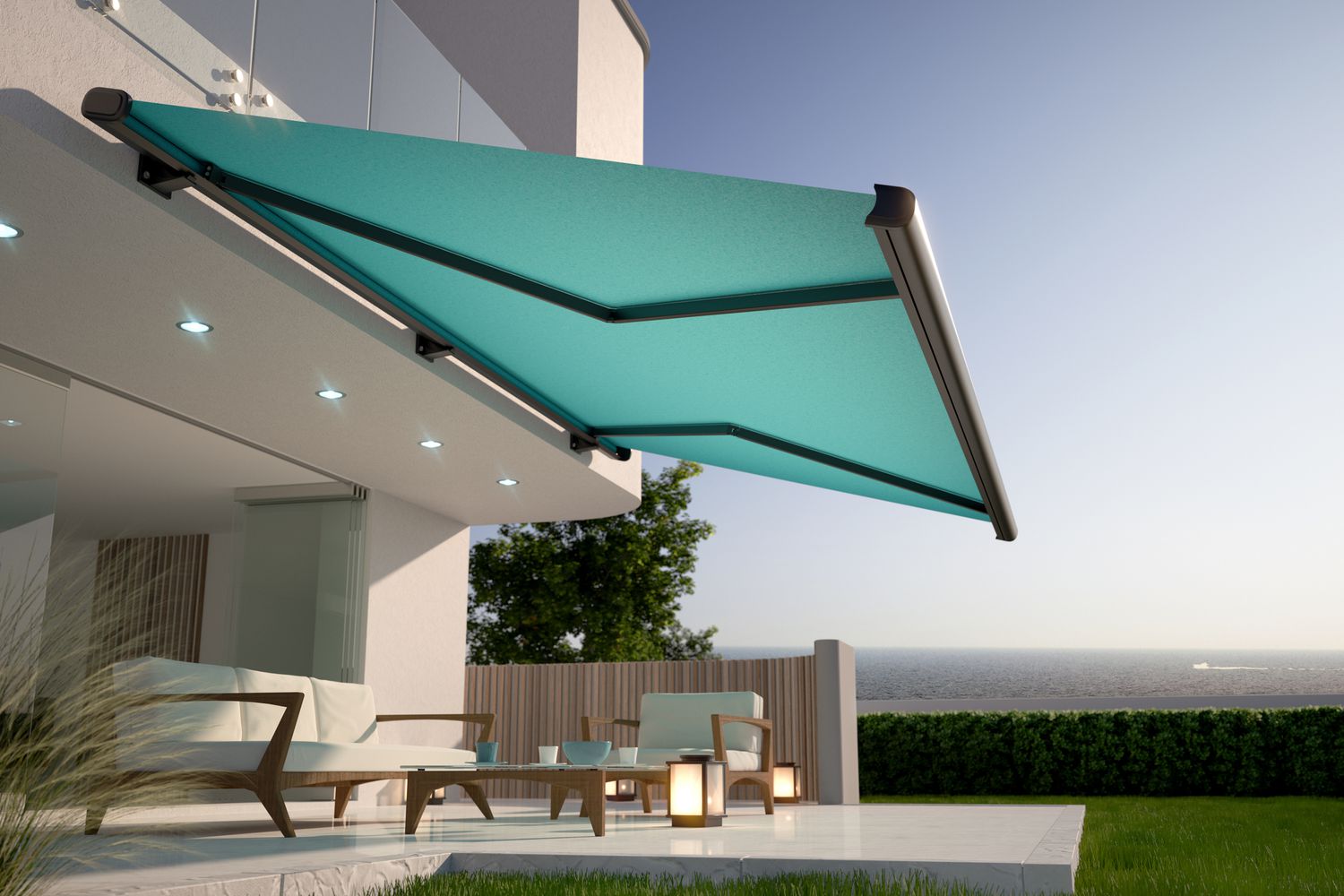
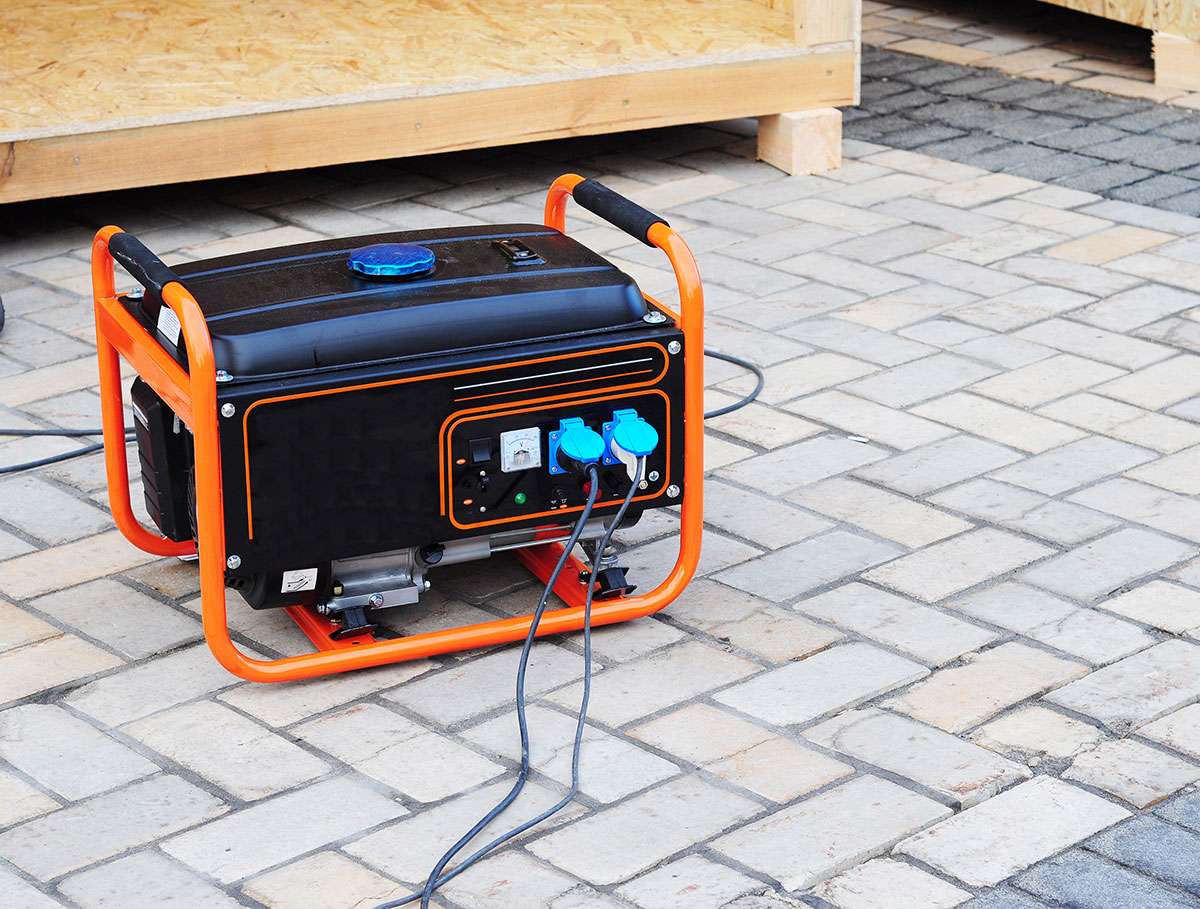
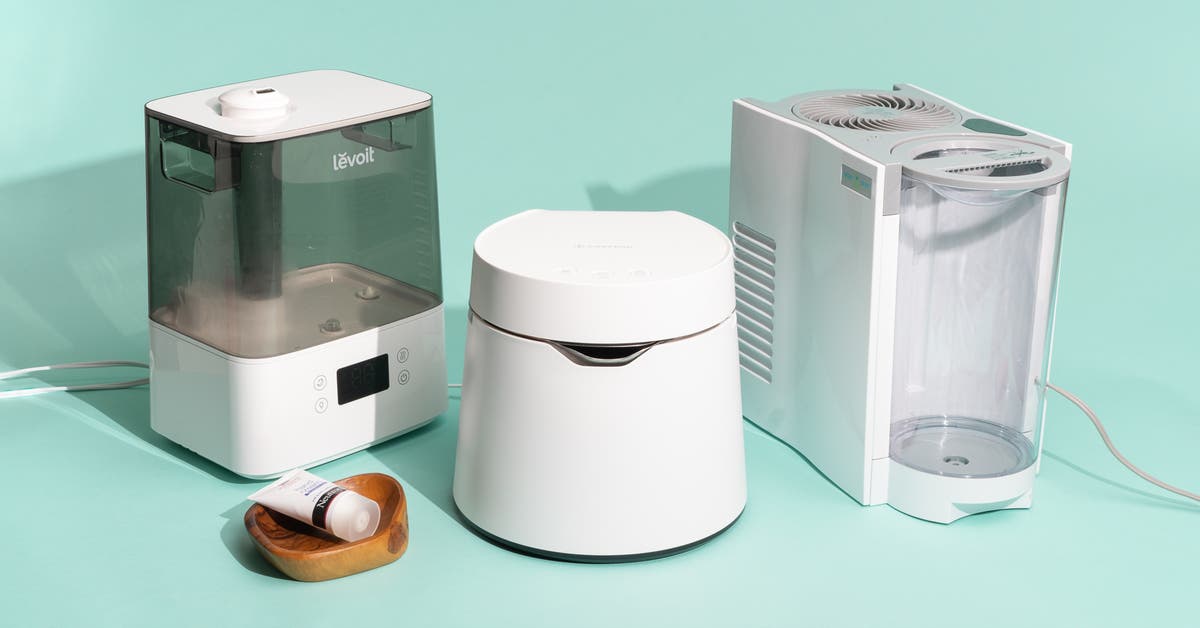

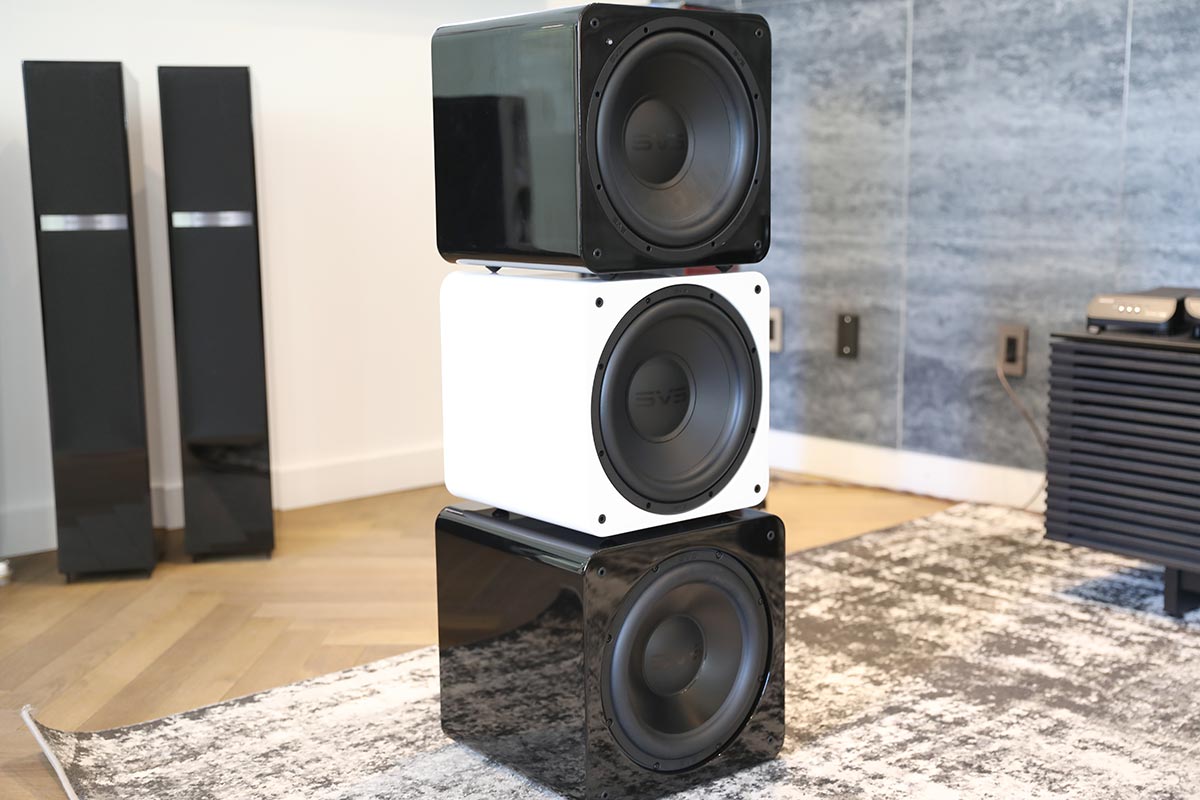
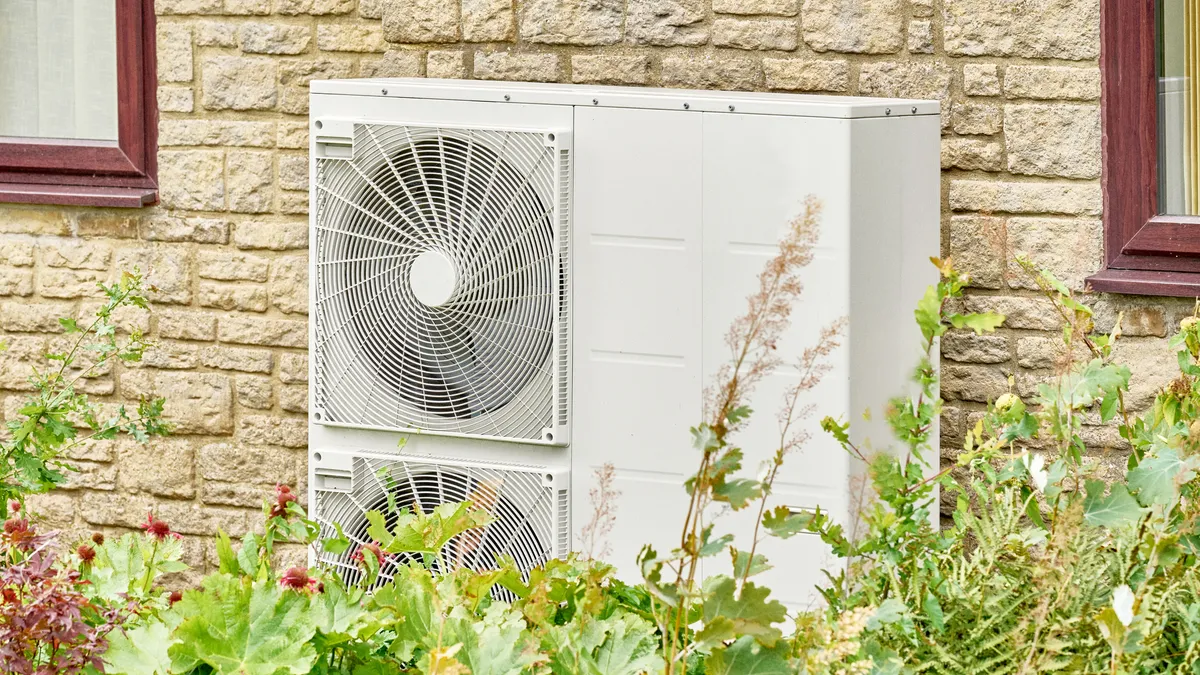
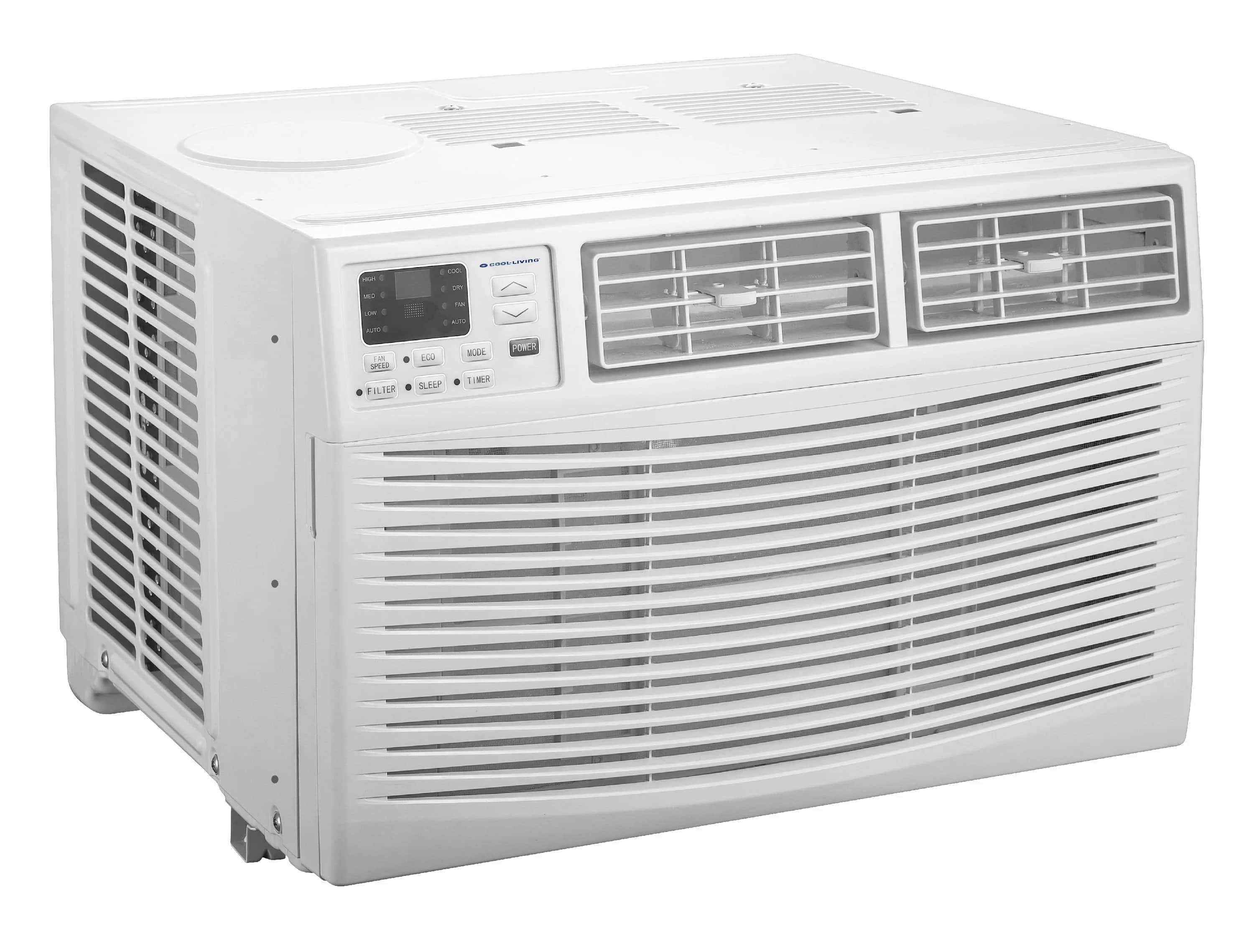



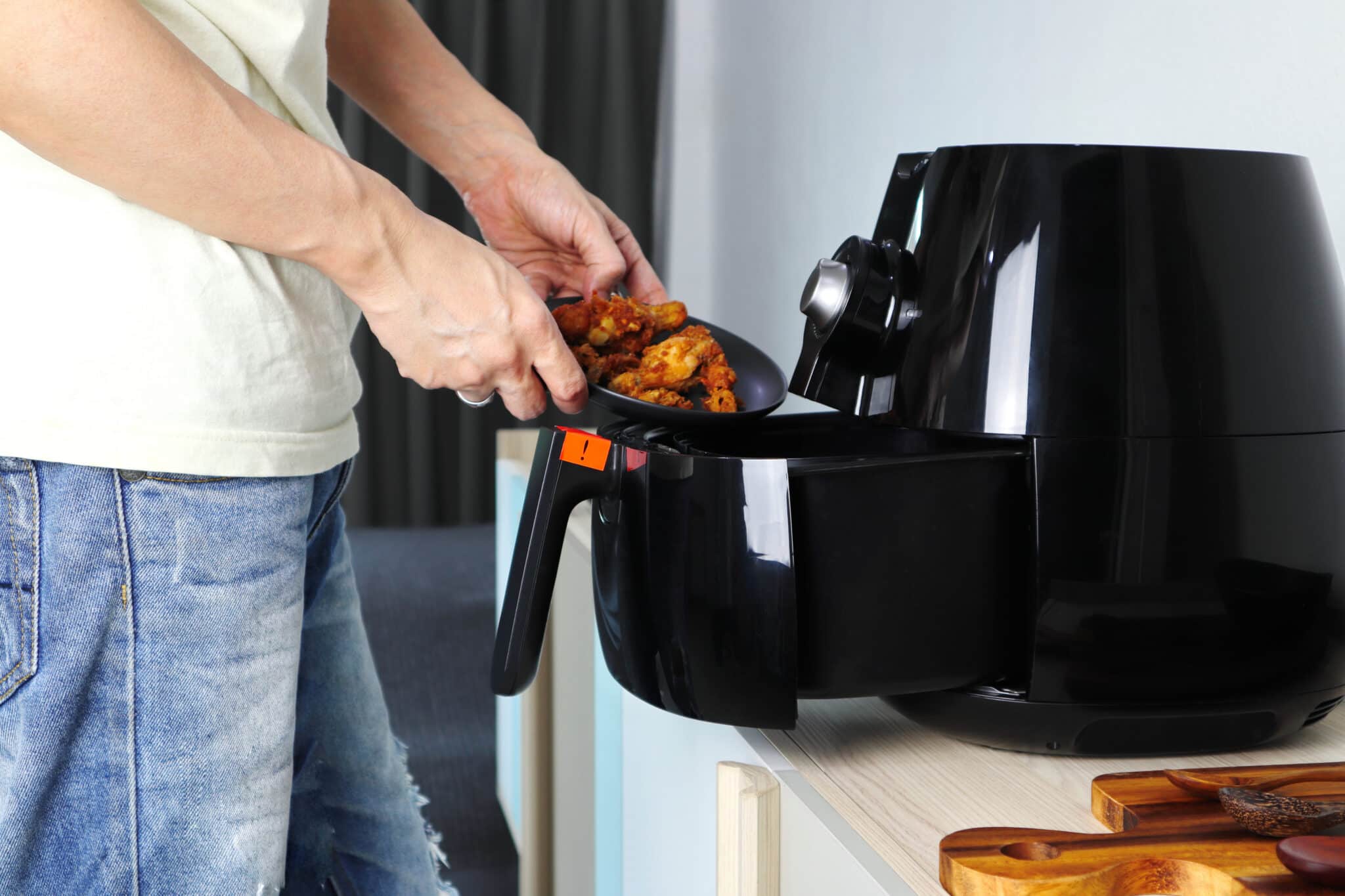
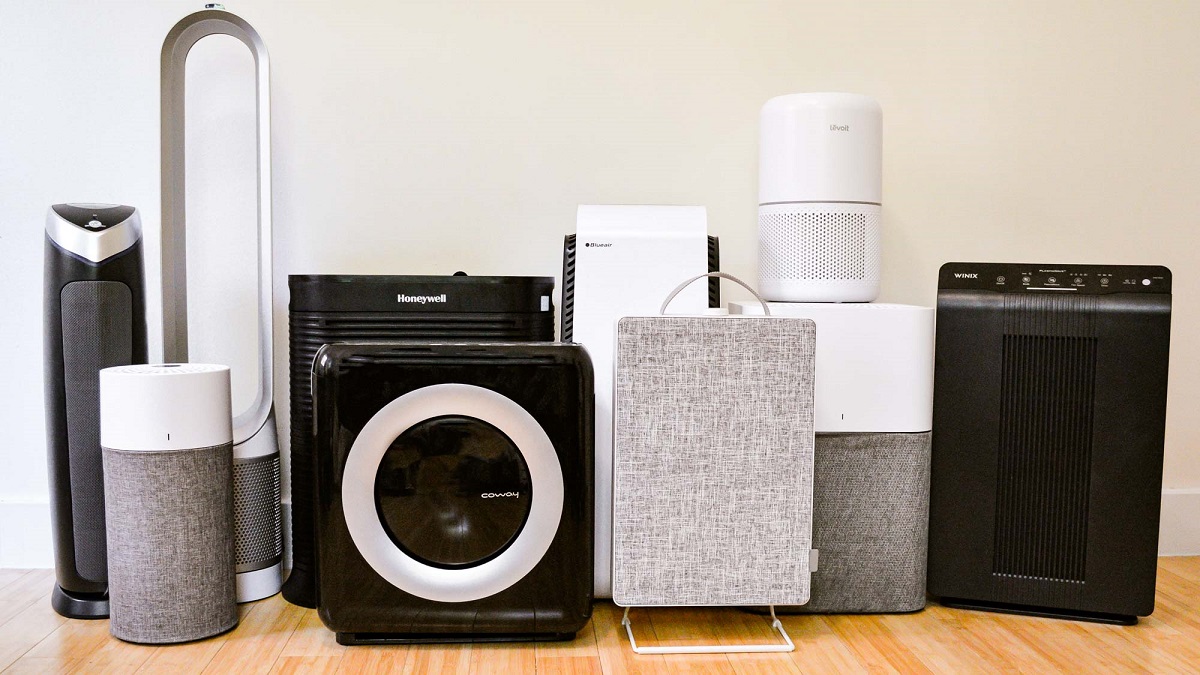

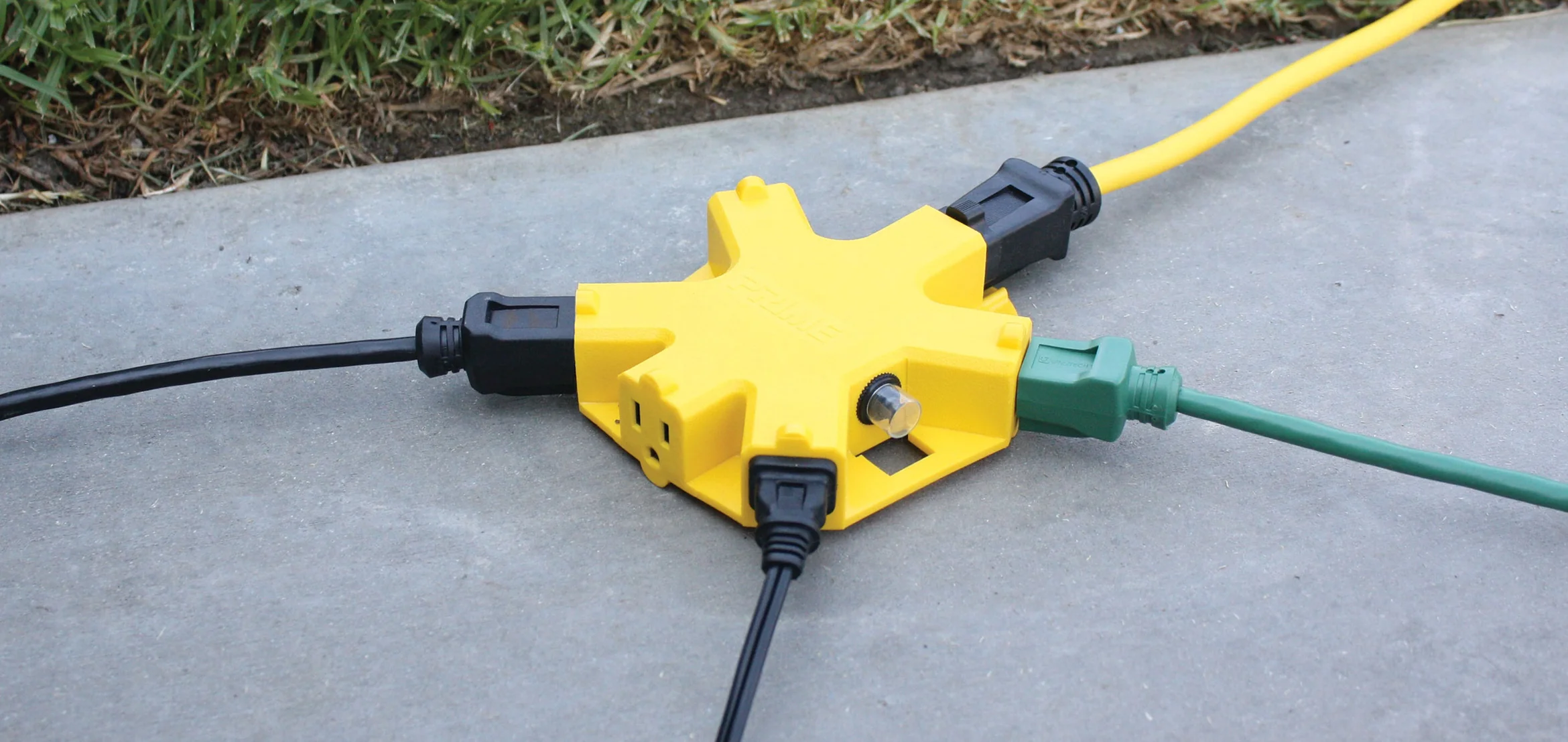

0 thoughts on “What Size Subwoofer Do I Need For A Home Theater”